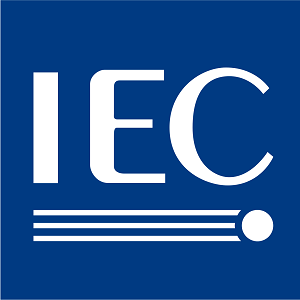


| Standard Number | IEC TS 62607-6-7:2023 |
|---|---|
| Organization |
International Electrotechnical Commission
|
| Level | International |
| Category | Test Method | Characterization | Measurement |
| Status |
|
IEC TS 62607-6-7:2023 establishes a method to determine the key control characteristics sheet resistance RS [measured in ohm per square (Ω/sq)], by the van der Pauw method, vdP.
The sheet resistance RS is derived by measurements of four-terminal electrical resistance performed on four electrical contacts placed on the boundary of the planar sample and calculated with a mathematical expression involving the two resistance measurements.
The measurement range for RS of the graphene samples with the method described in this document goes from 10−2 Ω/sq to 104 Ω/sq.
The method is applicable for CVD graphene provided it is transferred to quartz substrates or other insulating materials (quartz, SiO2 on Si), as well as graphene grown from silicon carbide.
The method is complementary to the in-line four-point-probe method (4PP, IEC 62607-6-8) for what concerns the measurement of the sheet resistance and can be applied when it is possible to reliably place contacts on the sample boundary, avoiding the sample being scratched by the 4PP.
The outcome of the van der Pauw method is independent of the contact position provided the sample is uniform, which is typically not true for graphene at this stage. This document considers the case of samples with non-strictly uniform conductivity distribution and suggests a way to consider the sample inhomogeneity as a component of the uncertainty on RS.
